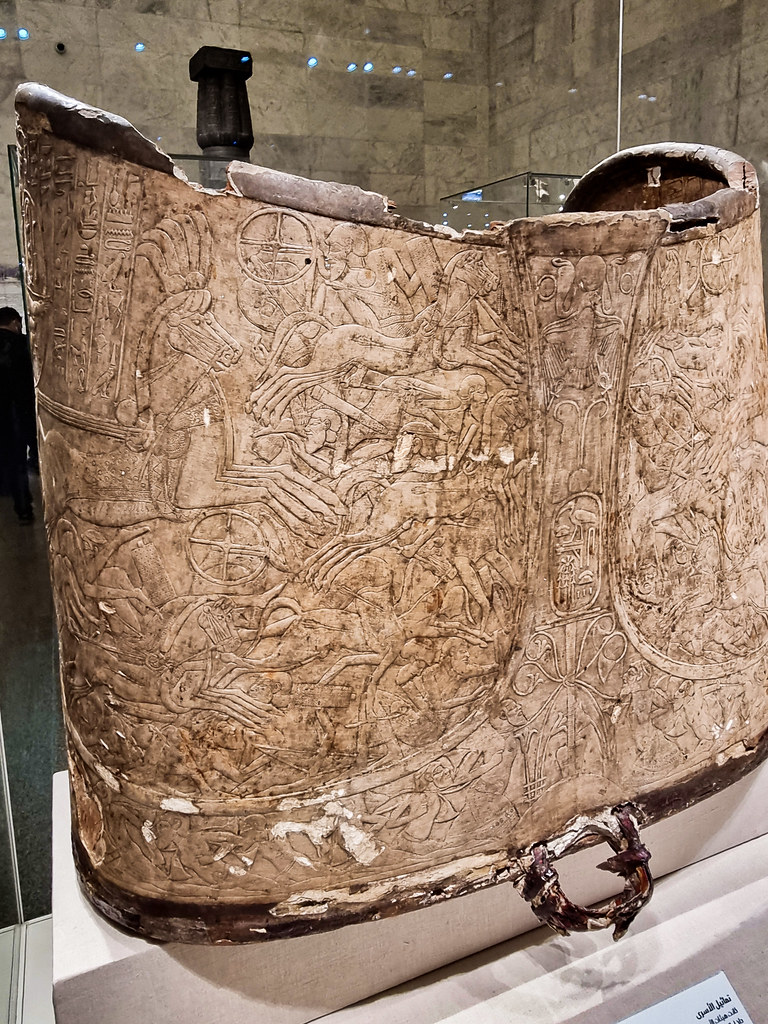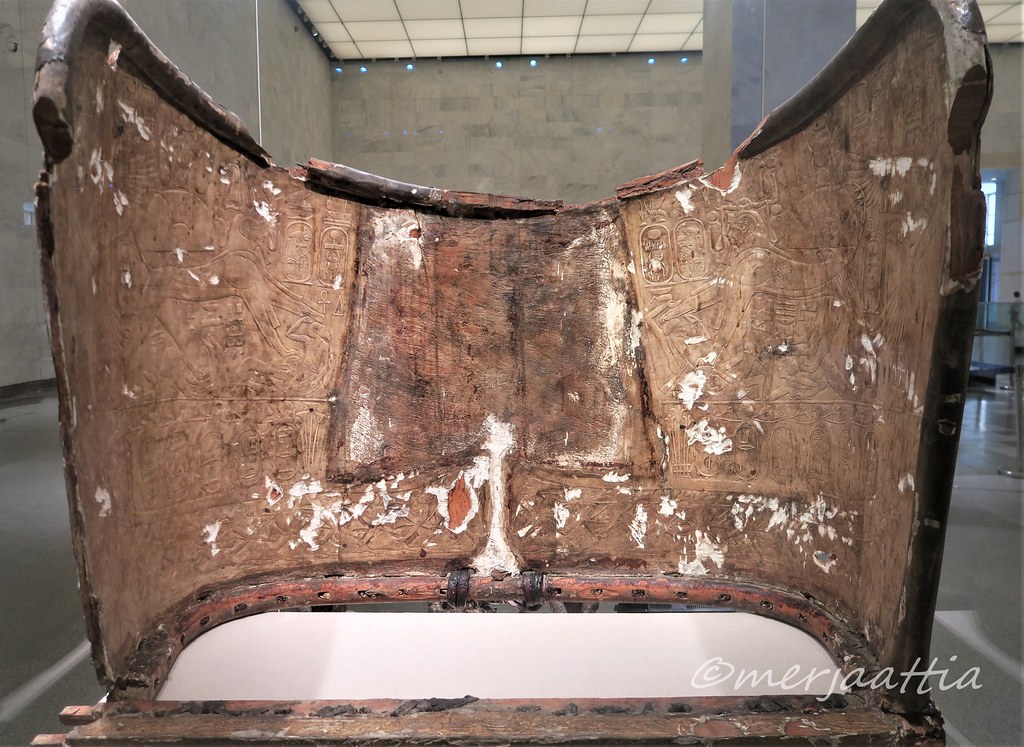In 1903, renowned archaeologist Howard Carter made a groundbreaking discovery in tomb KV 43, located in the Valley of the Kings: the nearly 3,400-year-old chariot of Thutmose IV. This remarkably preserved artifact provides a rare insight into the craftsmanship of ancient Egyptian artisans. Constructed from lightweight wood to enhance speed and agility, the chariot played a vital role in both military and ceremonial contexts, serving as a powerful symbol of royal authority.
Craftsmanship and Design
Adorned with intricate designs and possibly embellished with gold and leather, the chariot reflects the wealth and elevated status of Thutmose IV. The craftsmanship is indicative of the advanced techniques employed by artisans during the 18th Dynasty, characterized by an emphasis on both aesthetic beauty and functionality. The wheel construction and axle design demonstrate remarkable engineering skill, allowing for greater maneuverability on the battlefield and during ceremonial parades. The use of lightweight materials not only facilitated quick movement but also showcased the artistry and technical prowess of ancient Egyptian craftsmen.

Military and Ceremonial Significance
Chariots like this one were central to the military might of the pharaoh and contributed to his divine image, accompanying him not only in life but also in the afterlife. In ancient Egypt, chariots were symbols of power and were often depicted in tomb art, illustrating their significance in royal processions and battles. The presence of a chariot in a royal tomb was believed to ensure the deceased’s capability to traverse the afterlife, underscoring the pharaoh’s status even beyond death. This dual function of the chariot—serving both practical and symbolic purposes—highlights its importance in the cultural and religious life of ancient Egypt.

Historical Context
Thutmose IV, who ruled during the 18th Dynasty (c. 1400–1390 BCE), is known for his military campaigns, particularly against the Mitanni and in Nubia. His reign marked a period of relative peace and prosperity in Egypt, allowing for significant cultural and architectural achievements. The discovery of this chariot not only adds to our knowledge of Thutmose IV’s reign but also provides insights into the broader historical context of the New Kingdom, when Egypt was at the height of its power. The military innovations of this era, including the development of the chariot, played a crucial role in establishing Egypt’s dominance in the region.

Conclusion
This discovery not only underscores the engineering expertise of the 18th Dynasty but also enriches our understanding of the symbolic significance of the chariot within ancient Egyptian culture. The chariot of Thutmose IV stands as a testament to the intricate interplay of power, craftsmanship, and belief in the ancient world. As archaeologists continue to study this artifact, it promises to yield further insights into the life and times of one of Egypt’s most notable pharaohs, revealing the profound legacy left behind by the ancient civilization. This remarkable find reinforces the importance of continued archaeological exploration in uncovering the stories and innovations that shaped ancient societies.

